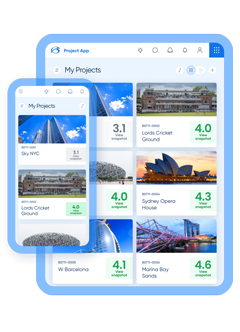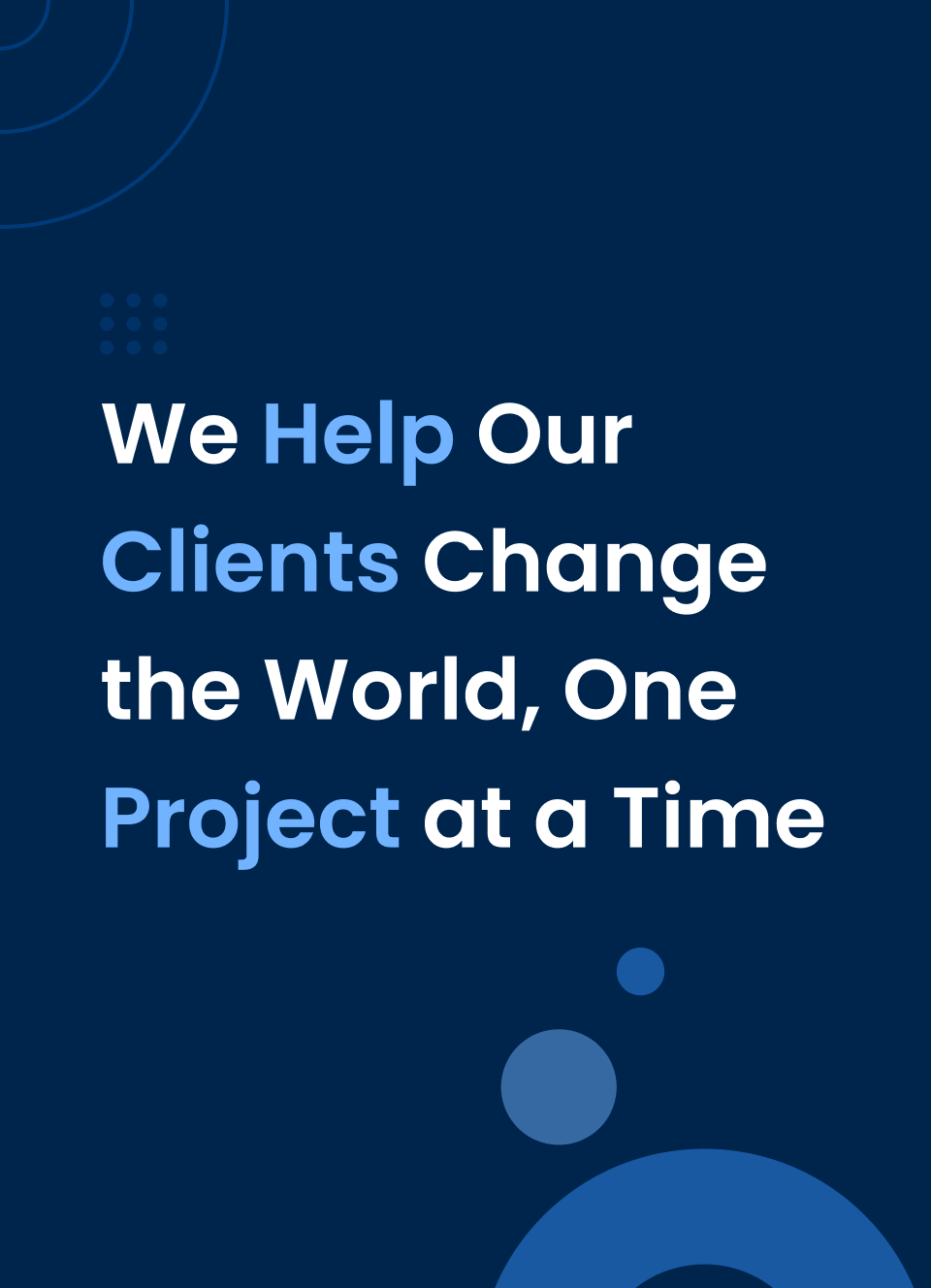Only one in four change management initiatives are successful over the long term. Or more importantly, 75% of organizational change programs fail to sustain initial gains, according to a survey by Towers Watson.
All too often, I hear business leaders outline the need for organizational change. From adding a new product to restructuring the company to adopting new business development software, change initiatives can drive profits, increase efficiency, and provide competitive advantage.
Yet many fail to recognize what it really takes to bring meaningful change to their company. And this failure can have significant financial impact: for every $1 billion spent on strategic initiatives, $149 million is lost due to poor project performance. That means nearly 15% of every USD invested in strategic initiatives is lost.
Minimizing the importance of change management can cripple even the most well intended initiative. In some cases, organizations lack the operational imperative to invoke the change. While in others, it comes down to a lack of buy-in from key middle managers who are actually tasked with bringing the change to fruition.
Whatever the reason may be, many of these failures can be avoided with a well-defined change management plan. By setting a clear vision that succinctly identifies the problem you’re hoping to address and the people and processes you’re looking to modify, you can dramatically increase your chances for success.
In order to bring meaningful change to your organization, it is imperative to develop and communicate your vision for success with all employees from the onset of the project. To help you achieve this, keep the following steps in mind:
1. Establish the issue you’re trying to solve.
Are you looking to reduce days sales outstanding (DSO)? Gain a better handle on your utilization rate across the resource pool? Increase project visibility by introducing new project management software? Improve accuracy in your revenue / backlog forecast? Begin your plan by clearly defining what problem you want to resolve.
2. Quantify your current position and identify your target outcome.
Perhaps your present DSO is 120 days and your targeted outcome is 85 days. Or maybe you are managing resources by office and are now looking to eliminate silos by leveraging staff across offices and disciplines with an enterprise resource planning system. Or let’s say you are loosely tracking opportunities on spreadsheets and would like to introduce a database solution to enable more timely capture of key clients and company-wide visibility throughout your pipeline. Ask yourself: What is your present situation and what objective would you like to achieve?
3. Prepare a project plan with achievable milestones.
The key word here is achievable. Your goals must be realistic – do not set yourself up for failure by setting impossible targets. Develop a solid plan by defining the scope, schedule, budget, and resources required to execute the change initiative.
4. Identify your executive sponsor.
Establishing that your project is sponsored by the C-suite immediately provides clear direction to the rest of the organization. Today’s engaged executive sponsors must have a vested business interest in the project, going beyond securing resources to also provide feedback, enforce schedules, and serve as a moderator when critical issues arise.
5. Enlist change management champions.
In addition to selecting an executive sponsor, recruit senior influencers that other employees look up to within the organization to be on your change management deployment team. These advocates can help drive buy-in from staff and solidify the change for the long-term.
6. Execute the plan and don’t stop until you reach your intended destination.
As you implement the change, set checkpoints along the way to ensure progress is being made. Share updates regularly to showcase progress and ease resistance. Transparently communicating with your employees as you drive the change will help keep morale high as you seek your targeted outcome.
Establishing and communicating a clear vision for your change initiative from the beginning can help reduce internal barriers and ensure long-term success.
What change management challenges have you faced in your organization? How did you overcome it? I encourage you to share your own experiences and insights in the comment section below.










